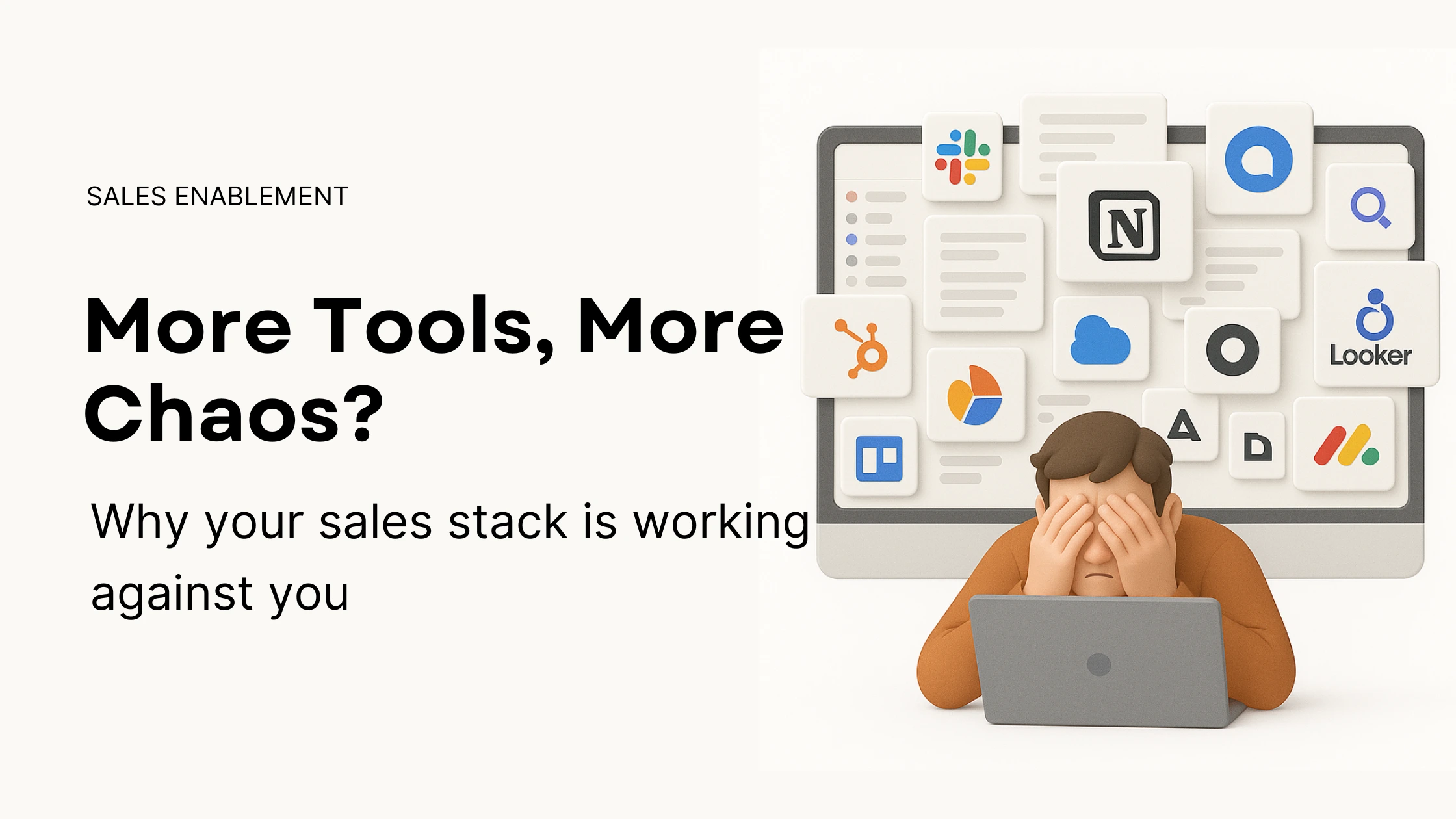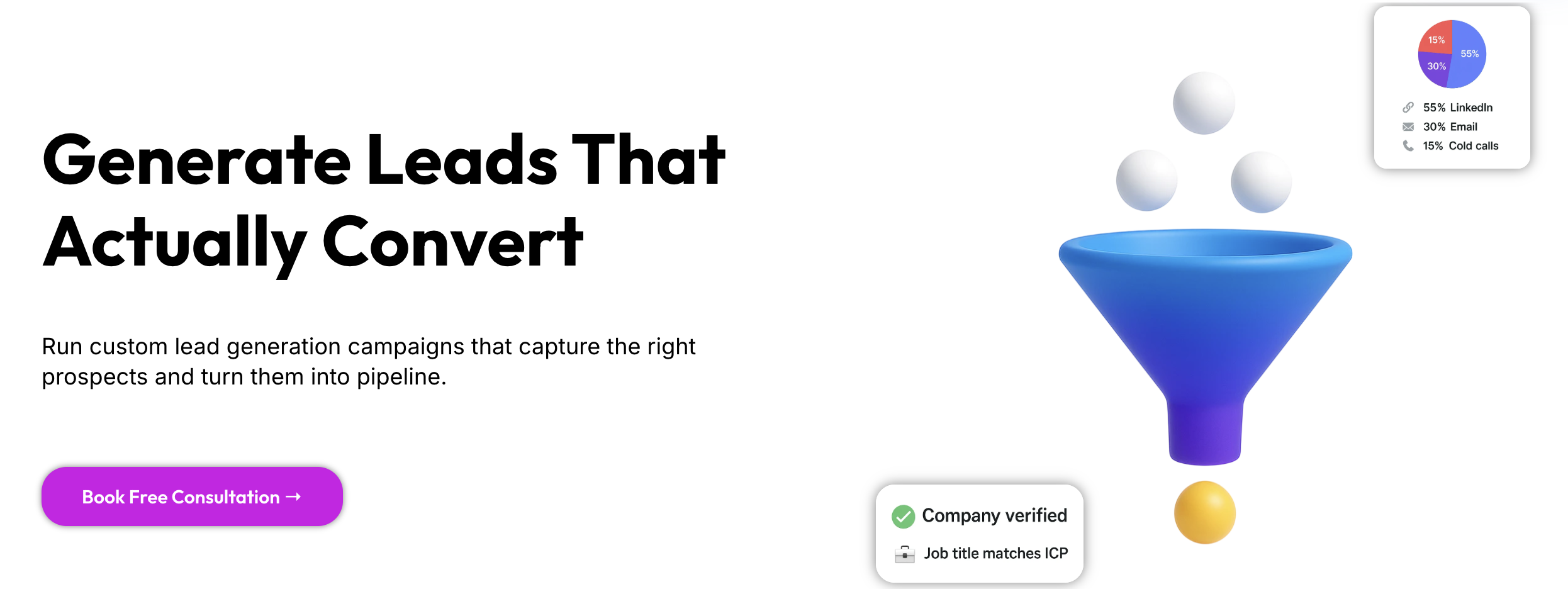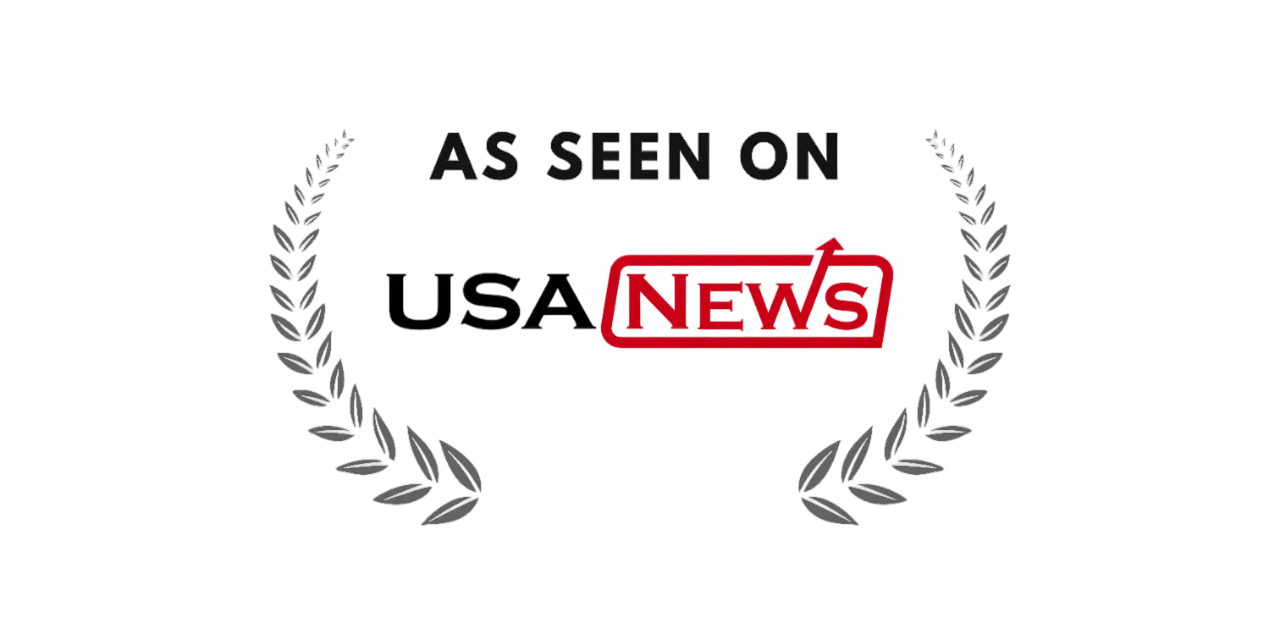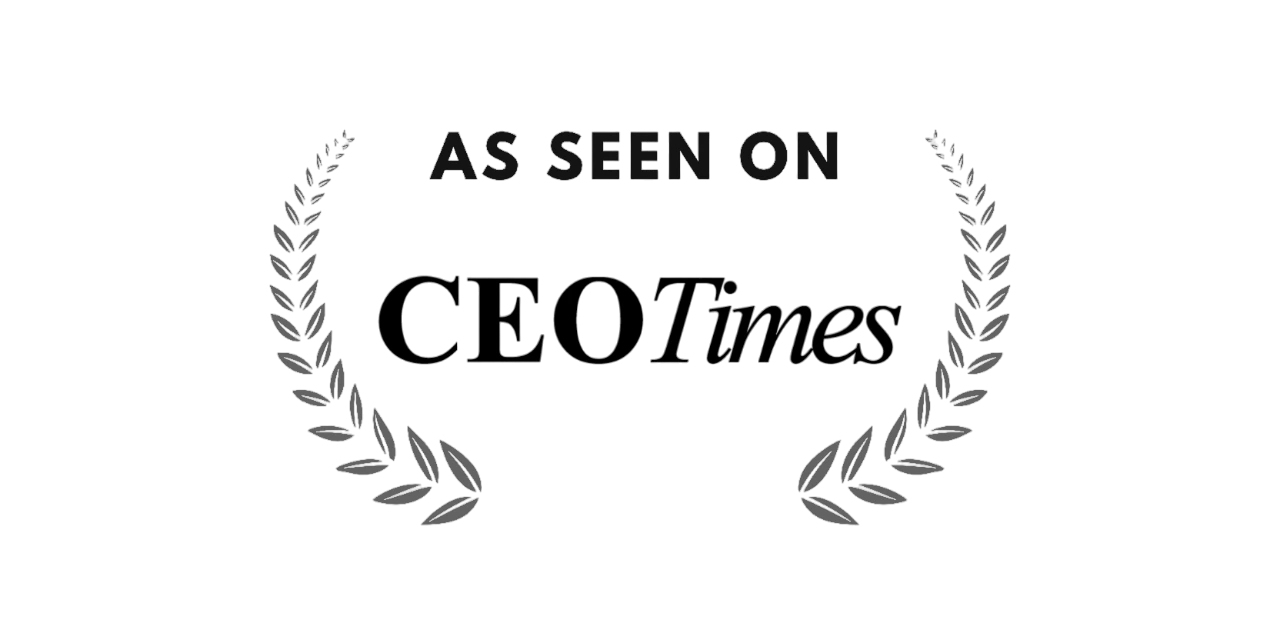More Tools, More Chaos? Why Your Sales Stack Is Working Against You

📅 Published: June 20, 2025 | ⏱️ 10-12 min read
Introduction
Sales stacks were meant to make things easier. Instead, teams are juggling dashboards, repeating tasks across tools, and guessing which number to trust.
Most rely on a mix of CRMs, dialers, email platforms, enrichment tools, and analytics dashboards.
In fact, even mid-sized businesses juggle 40-60 different tools on average and a typical sales team uses about 10 tools just to close deals.
The intent behind all this tech is to boost growth. But more often, it leads to slower execution, messy handoffs, and confused reporting.
This post explores why piling on tools can slow teams down and how to simplify your stack without losing momentum.
The Myth: More Tools = Faster Scaling
It’s easy to assume that adding tools will scale your team’s output. Every new SaaS pitch promises a productivity boost – a quicker way to prospect, a smarter way to analyze, a magic automation for that tedious task.
For a while, companies bought into the hype hard. At one point the average company used 371 SaaS applications before reality (and budgets) hit, dropping the average to 220 in 2024.
Why the pullback? Because stacking more tools didn’t translate to scaling faster – it often just added complexity and costs.
Research bears this out.
- A McKinsey study found companies with fragmented tech stacks spend 29% more on technology while achieving less impact than their more streamlined peers. All those extra logins and databases create what one team calls a “hidden productivity tax.”
- Employees switch between ~9 apps per day and lose over 6 hours a week just clicking around – time that’s not spent selling or serving customers.
- And let’s not ignore the dollars: Gartner estimates up to 30% of SaaS spend is wasted on unused, duplicative, or mis-managed tools.
In short, the more-is-better formula isn’t working. If anything, beyond a certain point each new app brings diminishing returns, or even negative returns (one study showed companies with 10+ sales tools saw 22% lower productivity on average.
It turns out the highest-performing teams aren’t those with the most tools – they are the ones who keep a lean, well-integrated stack where every tool earns its keep.
Where It Breaks: Day-to-Day Pain Points
Over-tooling isn’t just an abstract problem – it causes real breakdowns in your revenue workflow. Here are a few ways the cracks show:
- SDRs working with outdated data: When systems don’t sync, your SDRs end up contacting prospects with stale or inconsistent info. In fact, 73% of professionals admit to using manual workarounds like copy-pasting data between unintegrated systems. Reps might be dialing numbers from last week’s CSV export because the CRM and sequencing tool don’t talk – resulting in embarrassingly outdated outreach. The cognitive overload is real: juggling a dozen tabs leads to decision fatigue and things slipping through the cracks (missed follow-ups, forgotten tasks).
- Marketers relying on conflicting dashboards: With siloed tools, marketing and sales often end up with dueling reports. The CRM says one thing, the email automation platform says another – and 59% of leaders don’t fully trust their analytics as a result. Teams spend days cross-checking spreadsheets to figure out basic truths (Forrester found an average 33 hours per month wasted reconciling metrics). When your attribution and KPIs never align, it’s hard to know what’s actually driving pipeline. This isn’t just annoying – it breeds doubt and inaction.
- Sales leaders making decisions with incomplete lead histories: Too many disconnected tools mean no single source of truth on a customer. Maybe the demo request lives in one system, webinar attendance in another, and call notes in a rep’s notebook. Leaders are left steering with partial data. It’s a common scenario: 68% of sales leaders say poor tool integration slows down their team. You’ll see telltale signs like data missing in the CRM, reps keeping their own side spreadsheets, or leads mysteriously “falling through the cracks” instead of being worked.
The net effect of all this?
Frustration and wasted potential. Reps feel like they spend more time playing database admin than selling and Managers struggle to pinpoint what’s working versus what isn’t. Eventually, companies with siloed data end up delivering a less positive customer experience.
The Accountability Gap: Who Owns This Stack?
So how did we get here? One big culprit: no one “owns” the tech stack.
- In many organizations, each department buys the tools it wants, solving immediate problems but creating a patchwork long-term. Marketing adds a new lead gen app, sales ops buys a dialer, success team grabs a survey tool – and “no one owns the full architecture” to keep it cohesive.
The result is overlapping capabilities, multiple contracts for the same function, and integrations that never get implemented. It’s the classic scenario where everyone owns their piece, so no one owns the whole.
- Research shows IT departments are often unaware of about one-third of the SaaS apps employees are using. It’s all too easy for a team manager to whip out the credit card and subscribe to the latest tool-of-the-month (often duplicating something the company already has!). Gartner estimates 30-40% of IT spending in large firms is now shadow IT – money spent on tools outside official channels.
Without a clear owner, redundant apps and “zombie” subscriptions proliferate. One analysis found the average company wastes $135,000 per year on unnecessary SaaS tools.
Bridging this gap often requires deliberate effort. Some companies are establishing RevOps teams or tool librarians internally to govern the stack, but not everyone has that luxury. This is where bringing in an external expert can help. (Think of it like hiring a mechanic to tune a very complicated engine.)
A technical partner such as ManagedNerds can step in to audit your tangle of systems, streamline integrations, and even handle the “dirty work” of untangling data flows and usage logs that internal teams don’t have time for.
The point is, if your team can’t keep up with integrating and auditing all these tools, get help – otherwise the sprawl will only continue. Plugging the accountability gap is critical to getting your growth engine firing on all cylinders again.
What to Do Instead: 4 Simple Fixes for a Smarter Tech Stack
If any of this sounds familiar, here’s the good news. You don’t need a full overhaul. Most teams can get their stack under control with a few small, intentional changes. Think of it as regular maintenance for your revenue engine, not a massive rebuild.
Here are four things you can start doing this week:
1. Run a Weekly Ops Retro
Block 30 minutes every week to check in on your tools.
Invite one or two people from sales, marketing, and ops. Ask simple questions like:
Which tool slowed you down this week?
What felt unnecessary or frustrating?
Is anything breaking or disconnected?
This helps surface small issues before they become bigger ones. You’ll find quick wins and reduce stack fatigue without needing a full audit.
2. Score Your Tools Based on Revenue Impact
Create a simple scoring system.
For each tool, ask:
Does it directly help generate pipeline or close deals?
How often is it actually used?
Is there another tool doing the same thing?
You’ll quickly spot overlap and low-impact tools. Most teams are using only a fraction of what they’re paying for. Cut what no one uses. Keep what drives results.
3. Set an Expiration Date for Every Tool
Treat every new tool as a trial, meaning whenever you add something, give it a review date in three or six months. Decide up front what success looks like. If it doesn’t meet that mark, cancel it.
You can also keep a simple rule. For every new tool added, remove or consolidate one. This keeps the stack lean and useful. Just remember to actually cancel the tools you stop using. Many companies forget, and the billing continues quietly in the background.
4. Choose Tools That Work Together
Prioritize tools that integrate smoothly with what you already use.
It’s better to have a basic tool that connects to your CRM than a powerful one that creates silos.
Before you buy, ask:
Can this sync with our core systems?
Will it reduce manual work?
Does it fit the way our team already works?
Tools that talk to each other help your team move faster. Tools that don’t will add friction, confusion, and rework.
Rev-Empire’s Take: Tools Should Enable, Not Block
At the end of the day, technology is supposed to make sales easier. If it’s not – if your dashboard is causing headaches or your outreach tool creates more work than it saves – then those aren’t tools at all. They are obstacles. It’s time to remove them or rethink them.
The great news is that a leaner, smarter tech stack can unlock immediate wins: more reps hitting quota, marketing and SDRs actually in sync, and growth experiments launching in days instead of weeks. We’ve seen it across startups and scaling teams alike – simplicity scales, complexity fails. So take an honest look at your arsenal and trim what’s holding you back. Your team (and your pipeline) will thank you.
Ready to cut through the noise and accelerate real growth? Rev-Empire specializes in exactly this kind of revenue enablement – from lean sales ops to fast outbound campaigns to even providing outsourced SDR teams so you can focus on closing deals.
Let’s make your tech stack work for you – not against you!
Reach out to us for a free consultation at contact@rev-empire.com
Categories
Recent posts
Share on socials






